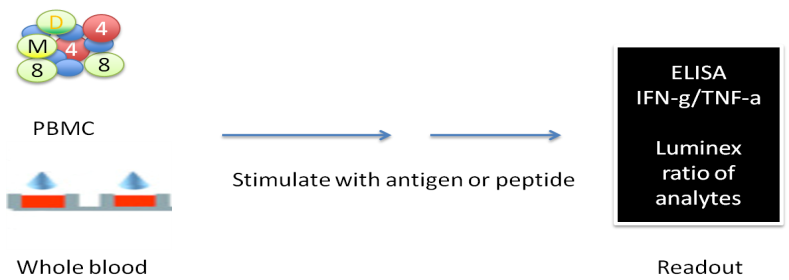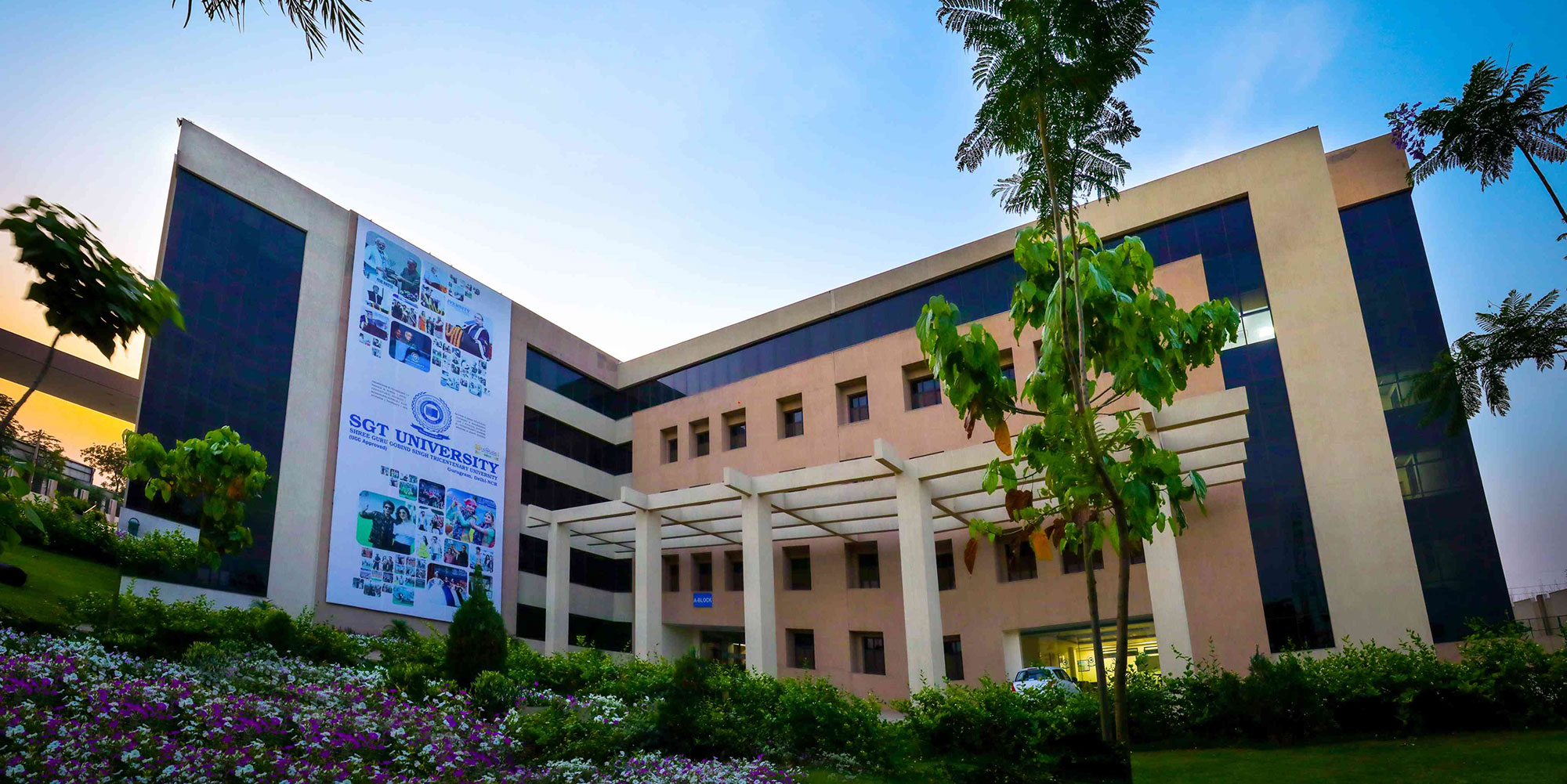Advancements in Medical Laboratory Diagnosis: A Guide for Students
Updated on: April 15, 2024
Introduction: In the ever-evolving field of medical laboratory technology, advancements are constantly reshaping the landscape of diagnostics. As students preparing to embark on careers in this crucial field, it's imperative to stay updated with latest innovations shaping medical diagnosis. Let's delve into some of the revolutionizing advancements in medical laboratory.
Genetic analysis:In recent years, genetic sequencing has transformed diagnostics. This technology enables the swift and accurate analysis of an individual's genetic makeup. By deciphering genetic codes, medical laboratory technologists can identify genetic disorders, predict predispositions to certain diseases, and tailor treatment plans to individual patients. The affordability and accessibility of genomic sequencing have widened its applications, making it an indispensable tool in modern diagnostics.
Liquid Biopsies in cancer diagnosis: Traditional tissue biopsies are invasive and sometimes challenging to obtain. However, liquid biopsies offer a minimal non-invasive alternative, has revolutionized cancer diagnosis and treatment monitoring. These tests analyze biomarkers present in bodily fluids such as blood, urine, or saliva to detect proteins or nucleic acids shedded by tumors or immune cells. They offer real-time insights into disease progression and treatment efficacy.

Point-of-care testing: Point-of-care testing has gained popularity due to its ability to deliver rapid results, not only in laboratory but also outside traditional laboratory setting from glucose monitoring for diabetic patients to diagnosing infectious disease in resource-limited settings /remote areas. These portable and user-friendly devices enable healthcare providers to conduct on-the-spot testing, facilitating immediate clinical decisions. POCT devices are invaluable tools in modern healthcare delivery. For medical laboratory technology students, understanding the principles behind these devices and their applications is essential.
Artificial Intelligence (AI): AI and machine learning algorithms are transforming medical diagnosis by analyzing vast amounts of simple and complex data quickly and accurately. In medical laboratories, AI is being utilized for tasks such as image analysis, pattern recognition, and predictive analytics. These technologies enhance diagnostic accuracy, improve workflow efficiency, and aid in identifying subtle patterns that human eyes might miss.
Microfluidic: Microfluidic technologies enable the precise manipulation of minute volumes of fluids within microscale channels. These systems offer numerous advantages in medical diagnostics, including reduced sample volumes, enhanced sensitivity, and faster analysis times. Microfluidic devices are being developed for a wide range of applications, from infectious disease detection to monitoring biomarkers for chronic conditions.
Nanotechnology: Nanotechnology has opened up new possibilities in medical diagnostics by providing tools for detecting biomolecules at the nanoscale level. Nanosensors and nanomaterials offer high sensitivity and specificity, enabling the detection of diseases at early stages. Additionally, nanotechnology-based platforms facilitate multiplexed testing, allowing for the simultaneous analysis of multiple biomarkers in a single sample.
Conclusion: As aspiring medical laboratory technologists, staying informed about the latest advancements in diagnostic technologies is essential for success in this dynamic field. Embracing these innovations not only enhances our understanding of disease processes but also equips us with the tools to deliver superior patient care. By harnessing the power of genomics, liquid biopsies, point-of-care testing, artificial intelligence, microfluidics, and nanotechnology, we can drive forward with new innovations and contribute to the advancement of medical diagnosis for years to come.
Written By:
Dr. Nasim A Ansari`
Associate Professor
Department of Paramedical Sciences
Faculty of Allied Health Sciences
SGT University Gurgaon

